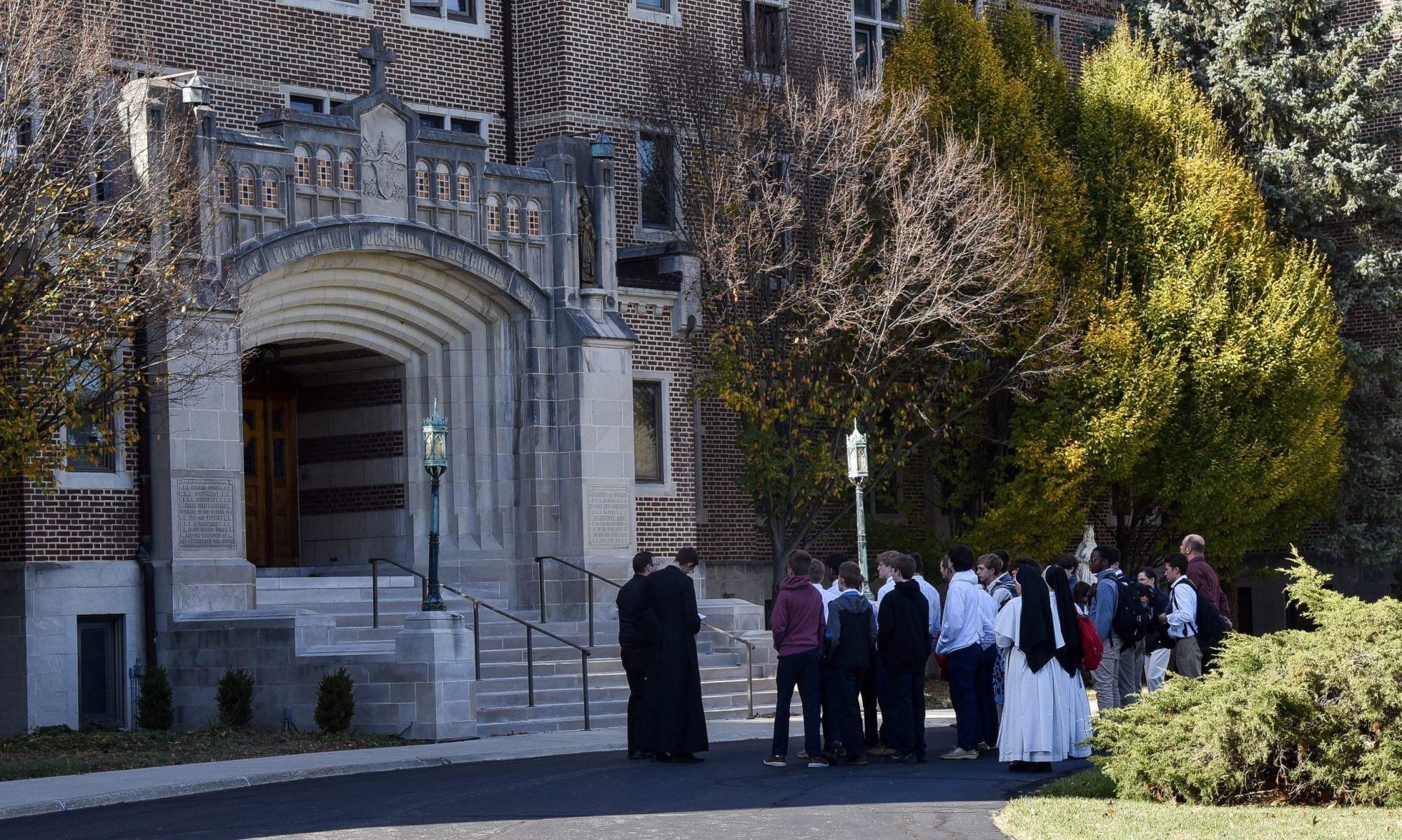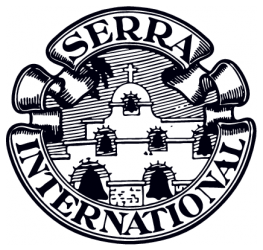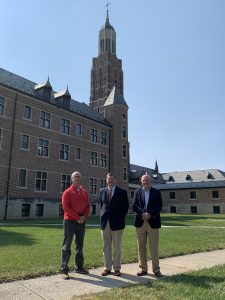Highlights from the Priest Appreciation Banquet sponsored by The Downtown Serra Club and supported by Dee Printing held at Saint Charles Preparatory High School on August 3, 2021


Supporting Vocations in Central Ohio
Highlights from the Priest Appreciation Banquet sponsored by The Downtown Serra Club and supported by Dee Printing held at Saint Charles Preparatory High School on August 3, 2021
Thank you for the continued prayers for Fr. Dan Swartz and all our Shepards who serve! #doublevocation
The Serra Club of North Columbus gratefully acknowledges the recent award of the 2020 Responsive Grant by the Catholic Foundation to support the group’s school vocation luncheons. These luncheons provide an opportunity for grade and high school students to pray for vocations and to listen to priests and religious sisters share their vocation stories. If you would like to volunteer to help with these beautiful events, please click here.
 The Serra Club of North Columbus hosted Doug Stein, the newly appointed Vice-President of Advancement at the Pontifical College Josephinum (PCJ) as the guest speaker for October. Doug shared the rich history of this beautiful seminary right here in Columbus founded by Monsignor Joseph Jessing. Since 1888, more than 1,900 priests have received their formation at the Josephinum. Ordained alumni from the PCJ are active in 48 states and in 18 foreign countries. Doug encouraged members to pray for the PCJ and increased vocations to the Priesthood.
The Serra Club of North Columbus hosted Doug Stein, the newly appointed Vice-President of Advancement at the Pontifical College Josephinum (PCJ) as the guest speaker for October. Doug shared the rich history of this beautiful seminary right here in Columbus founded by Monsignor Joseph Jessing. Since 1888, more than 1,900 priests have received their formation at the Josephinum. Ordained alumni from the PCJ are active in 48 states and in 18 foreign countries. Doug encouraged members to pray for the PCJ and increased vocations to the Priesthood.